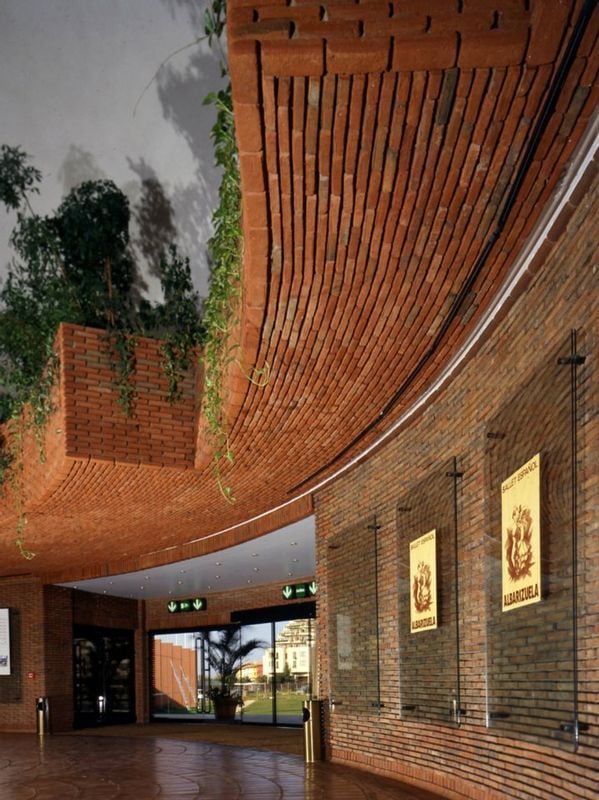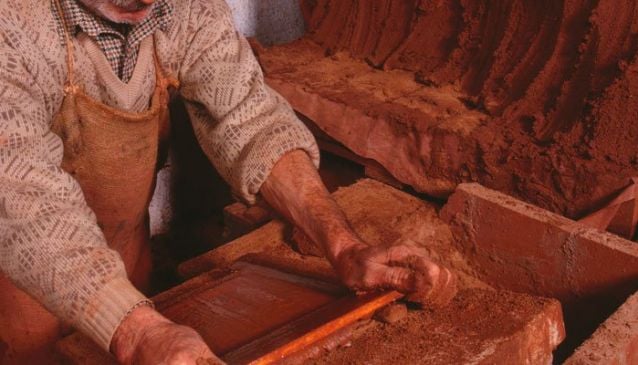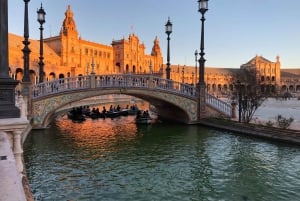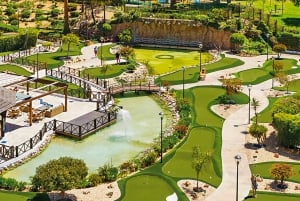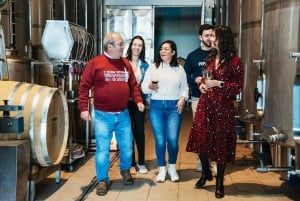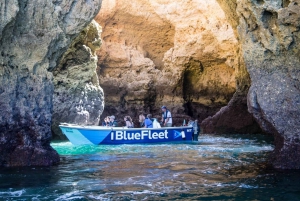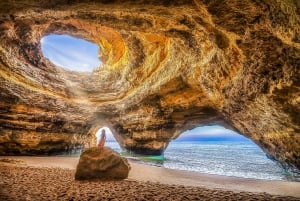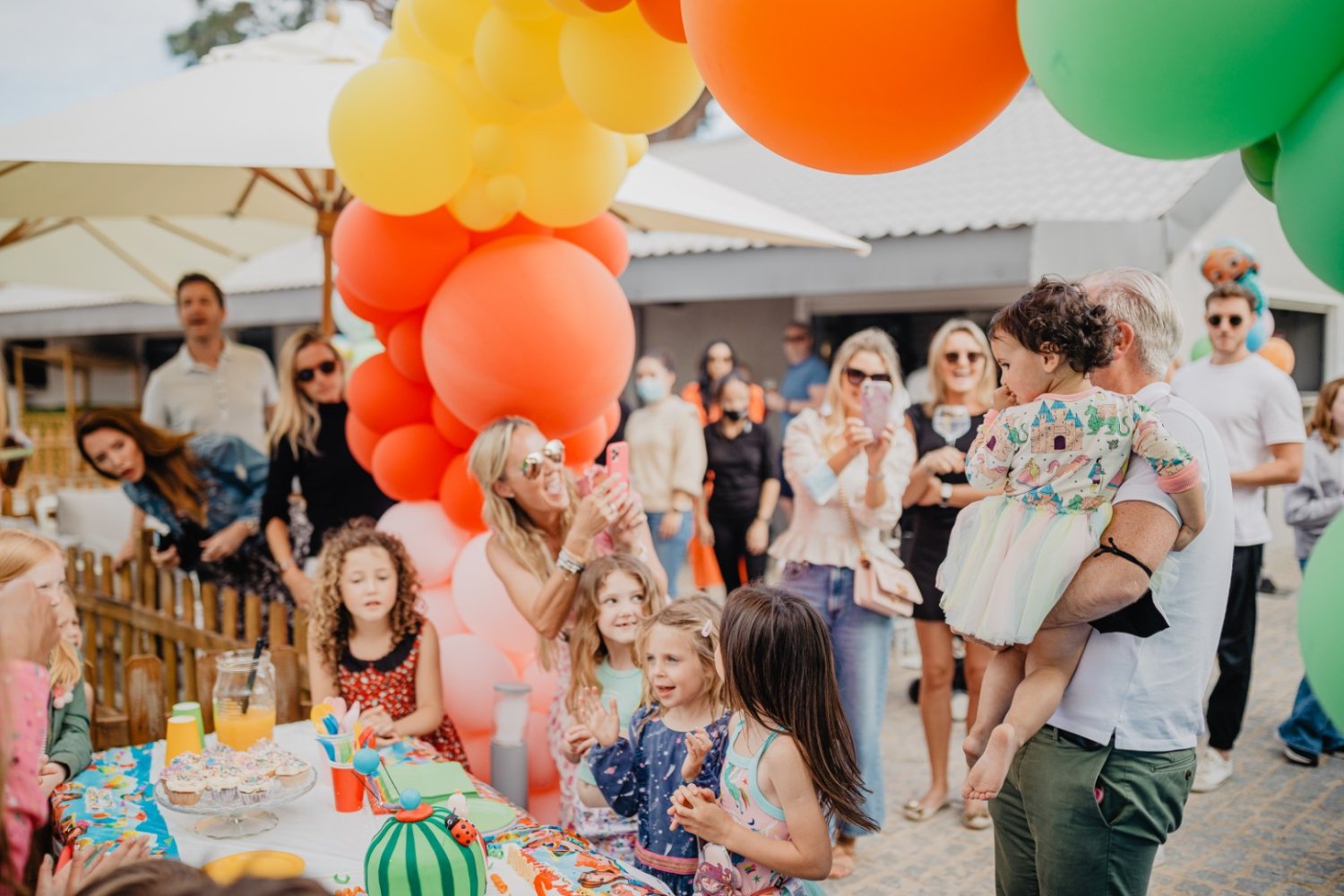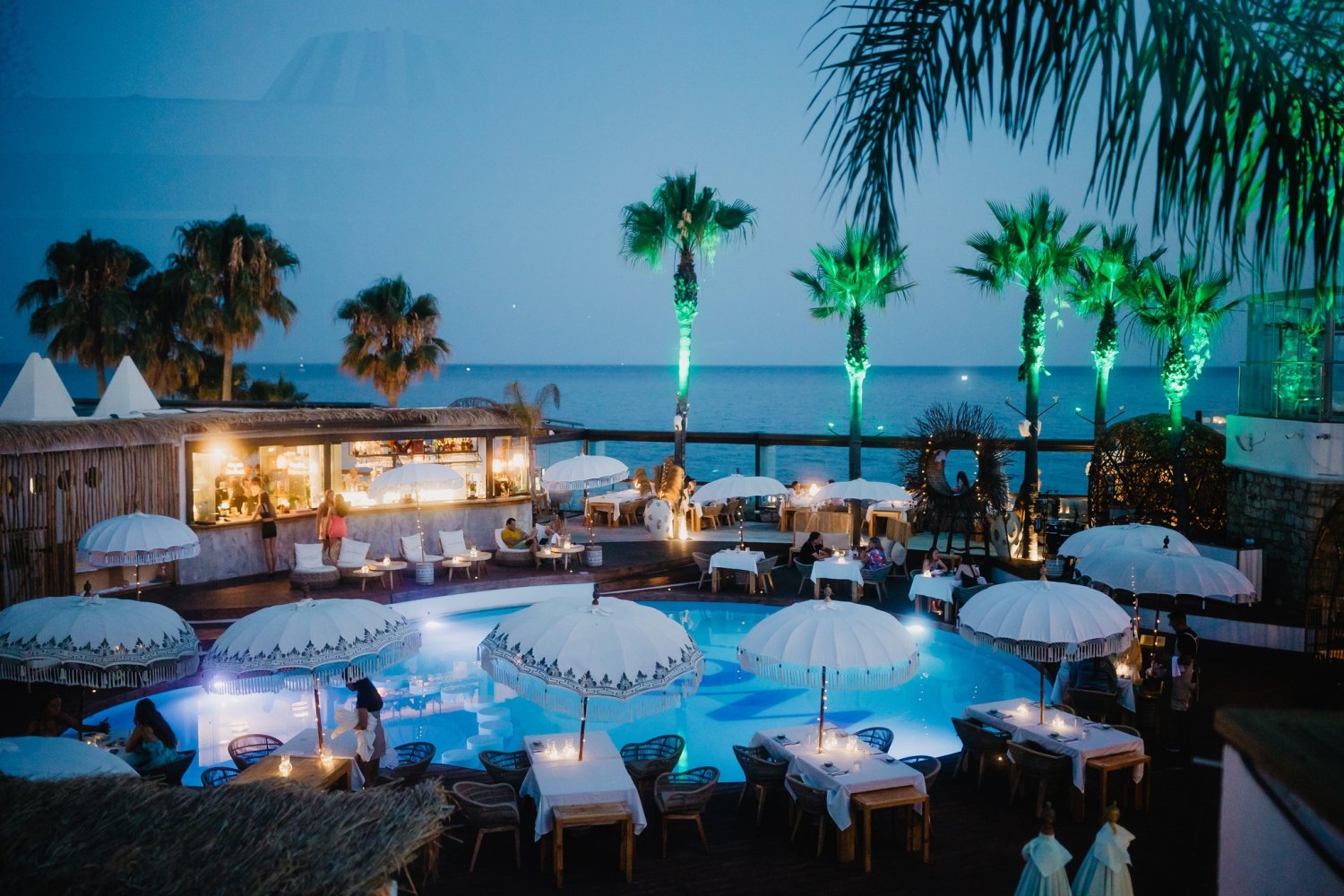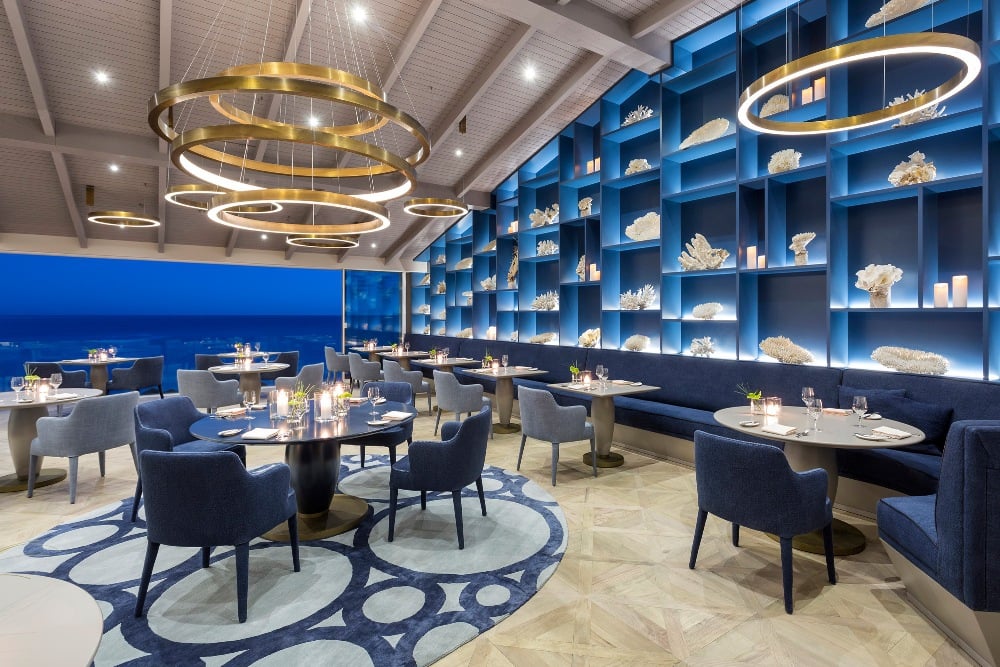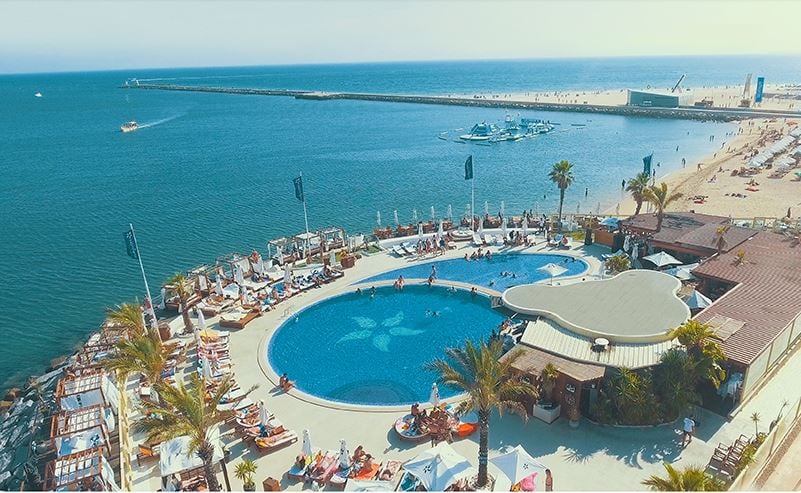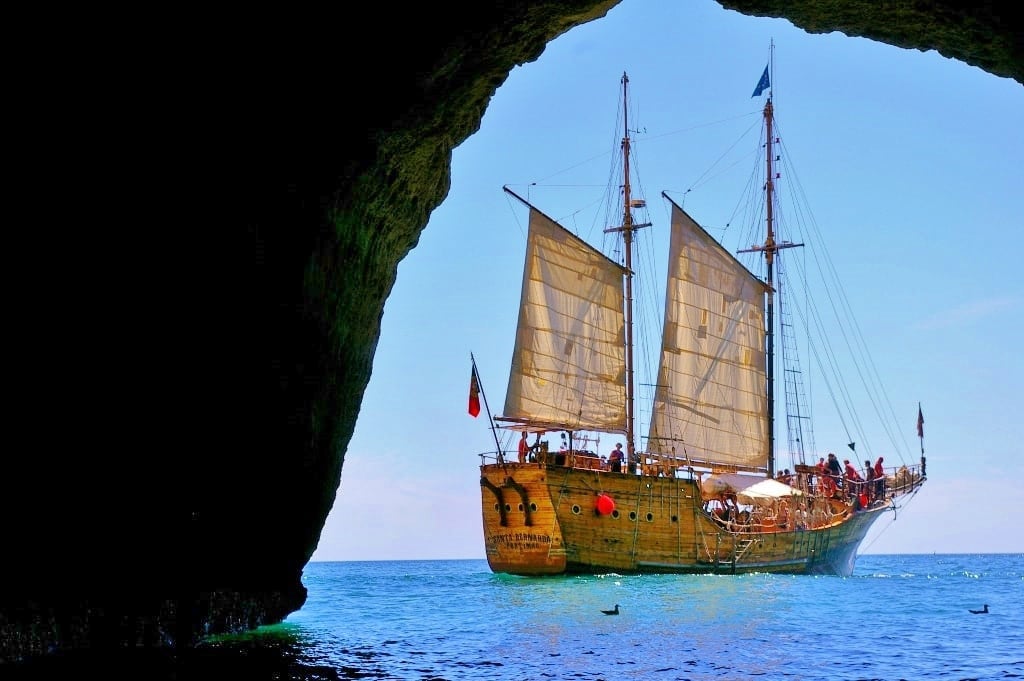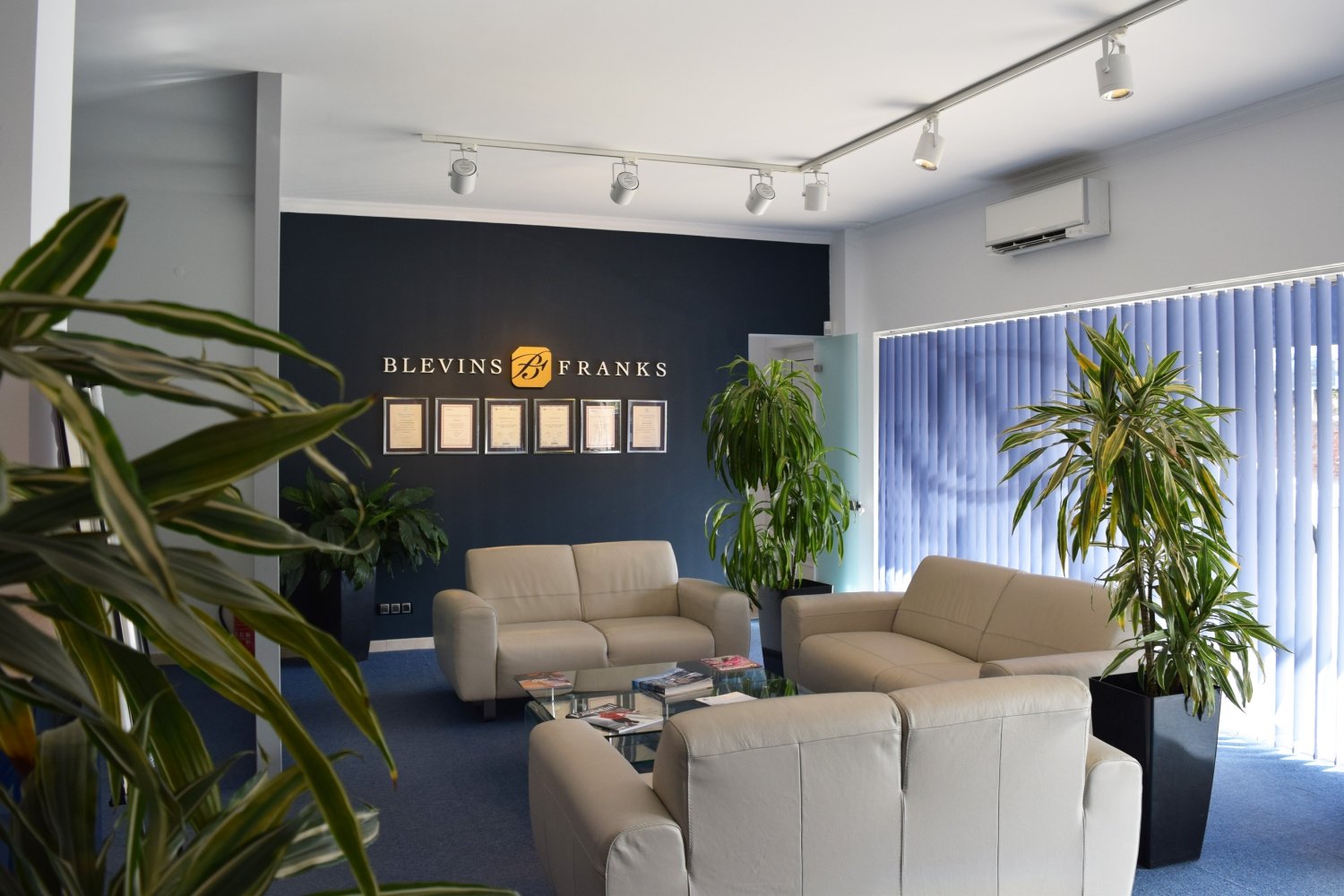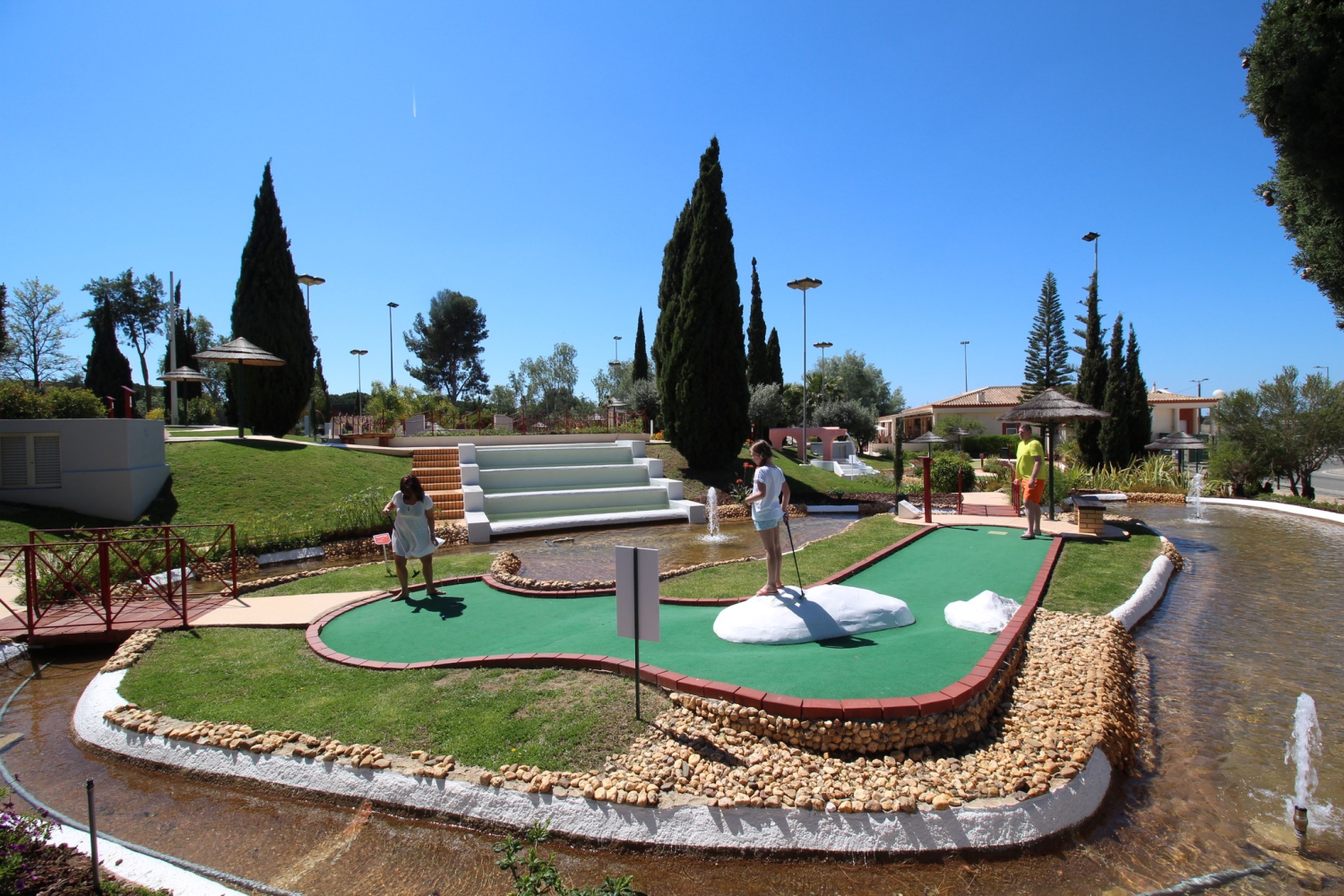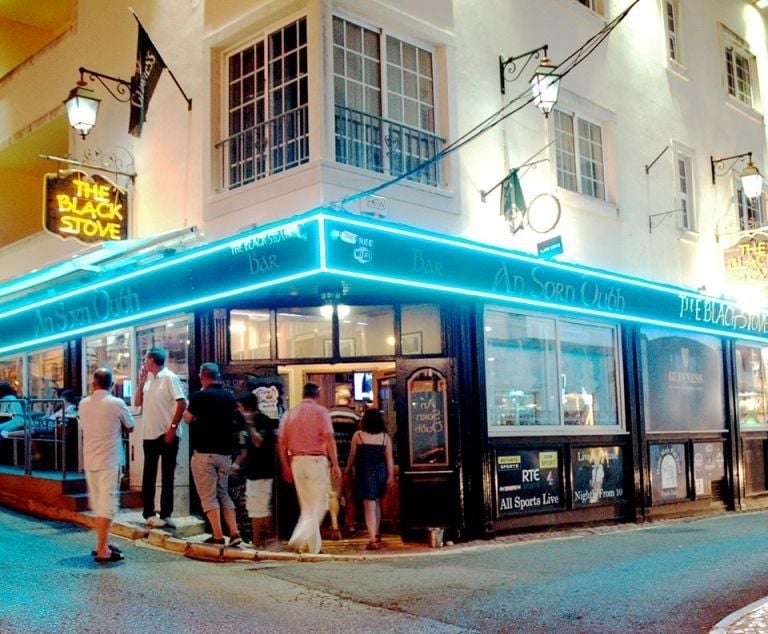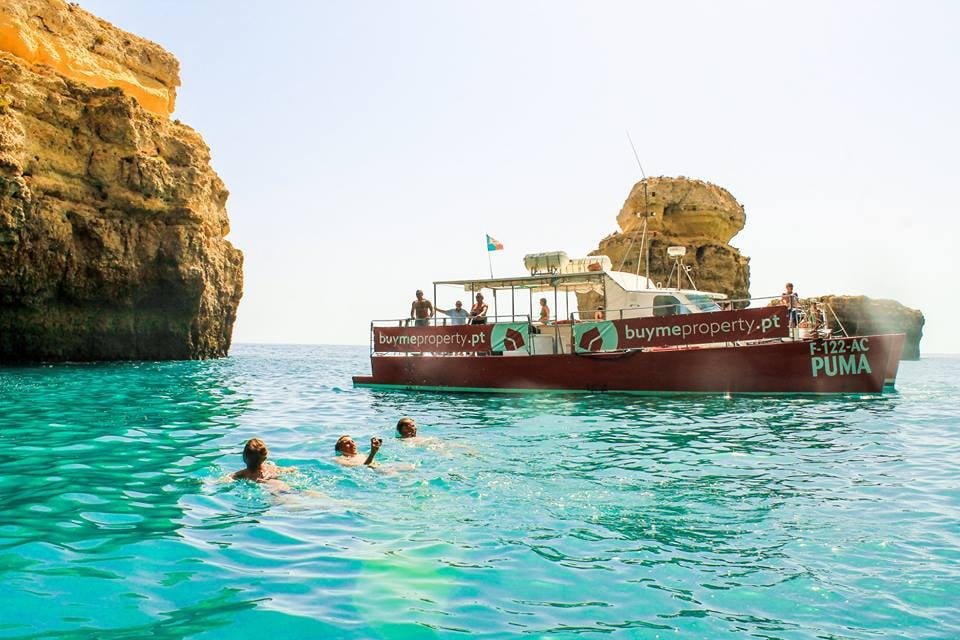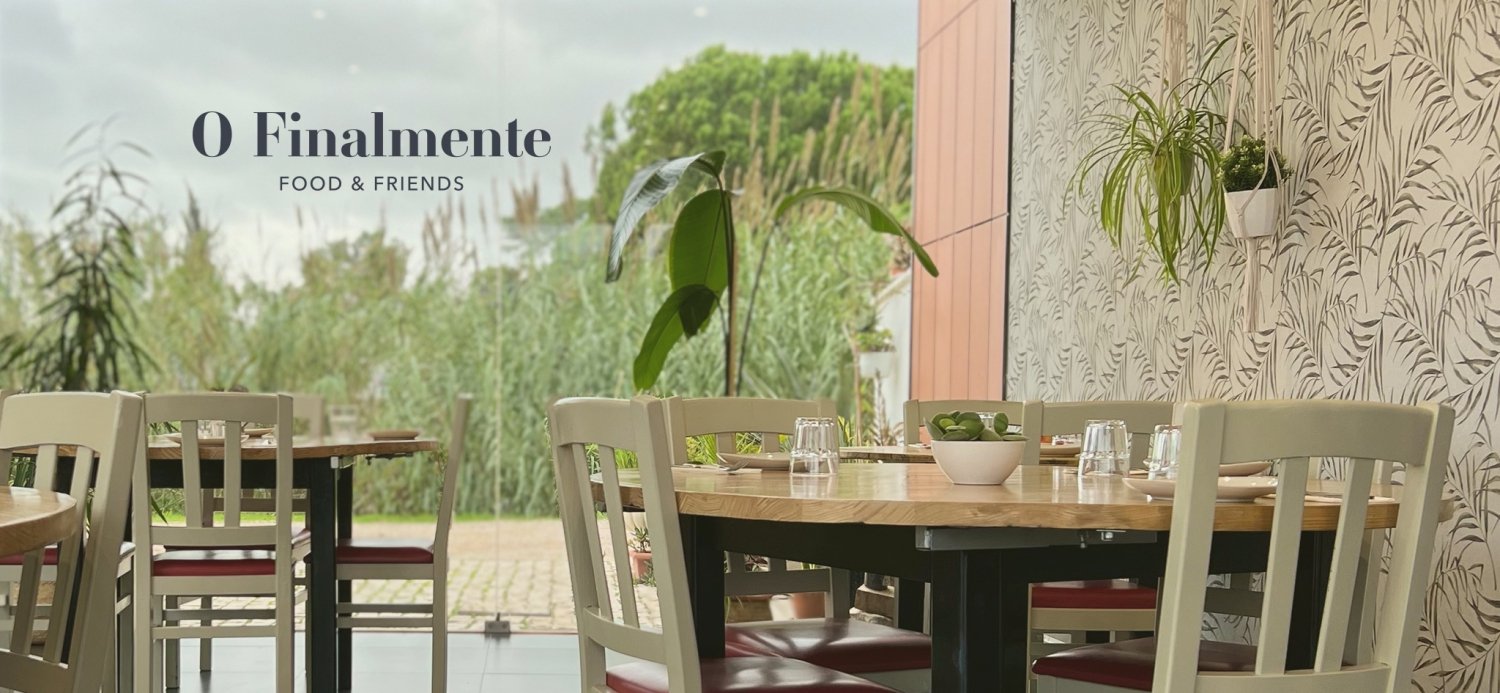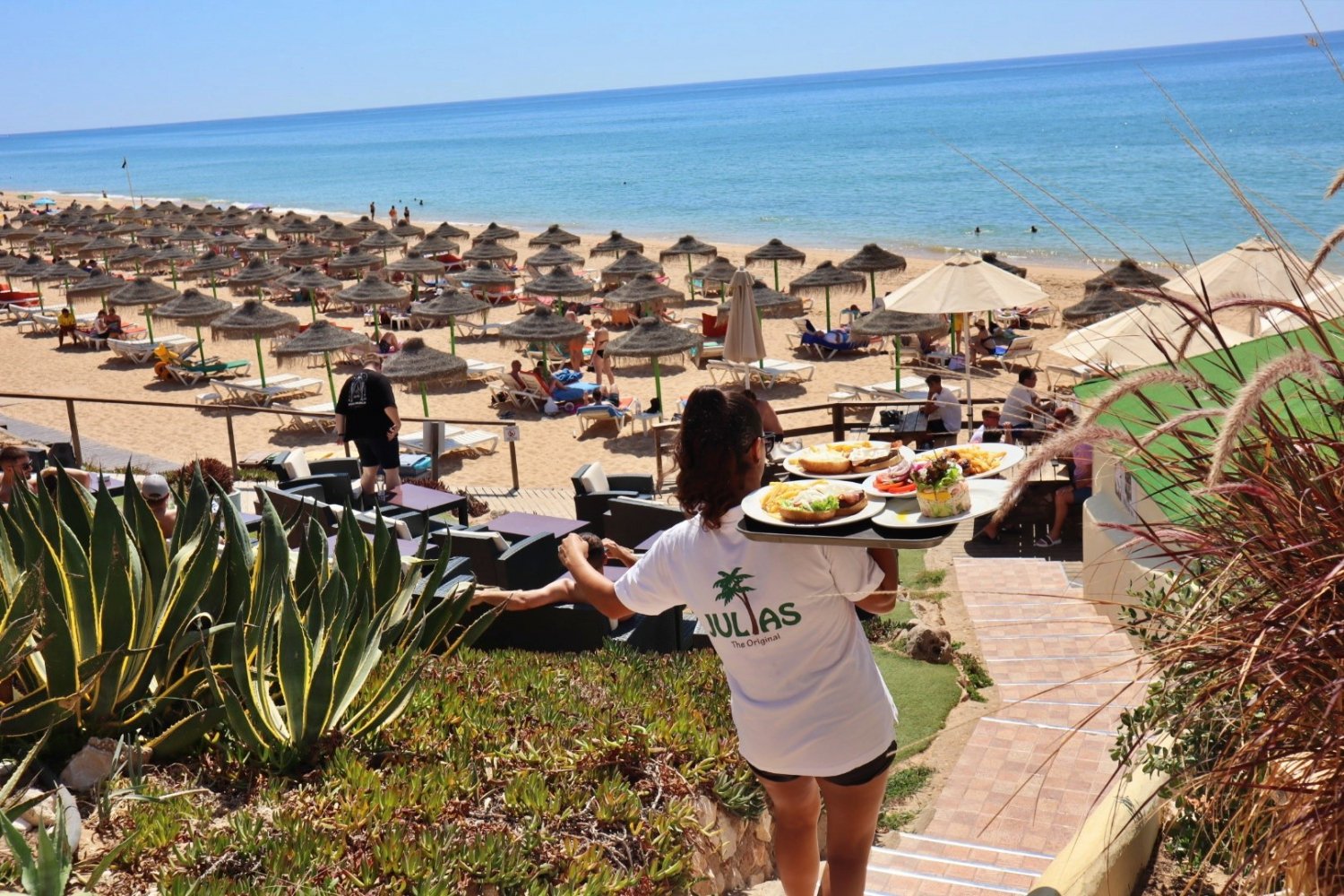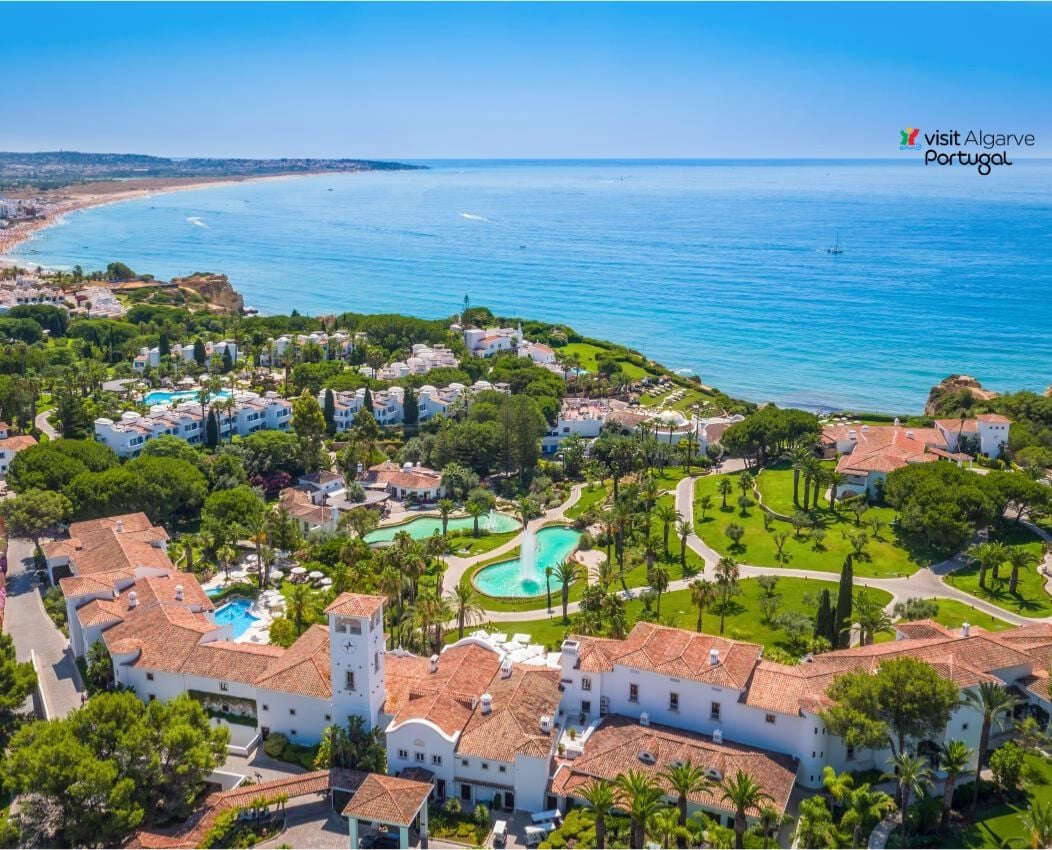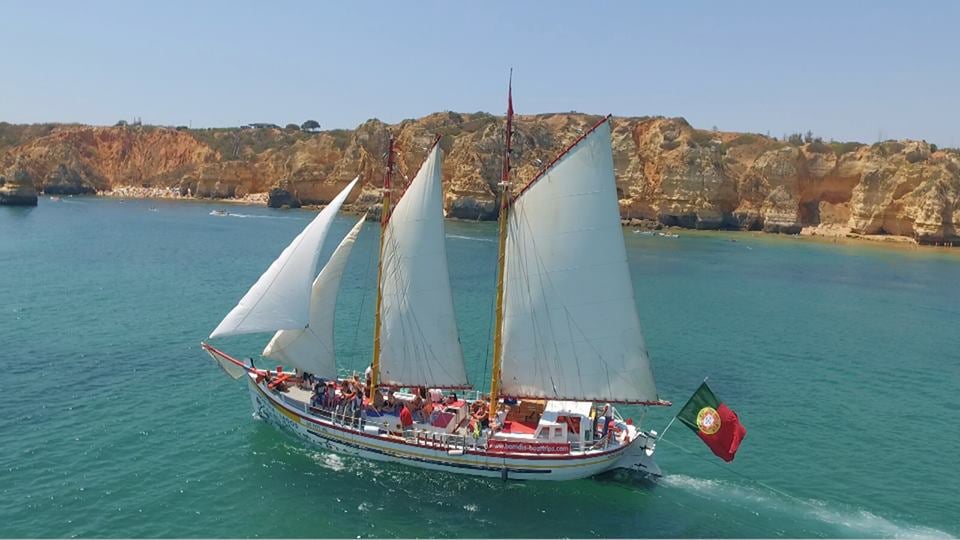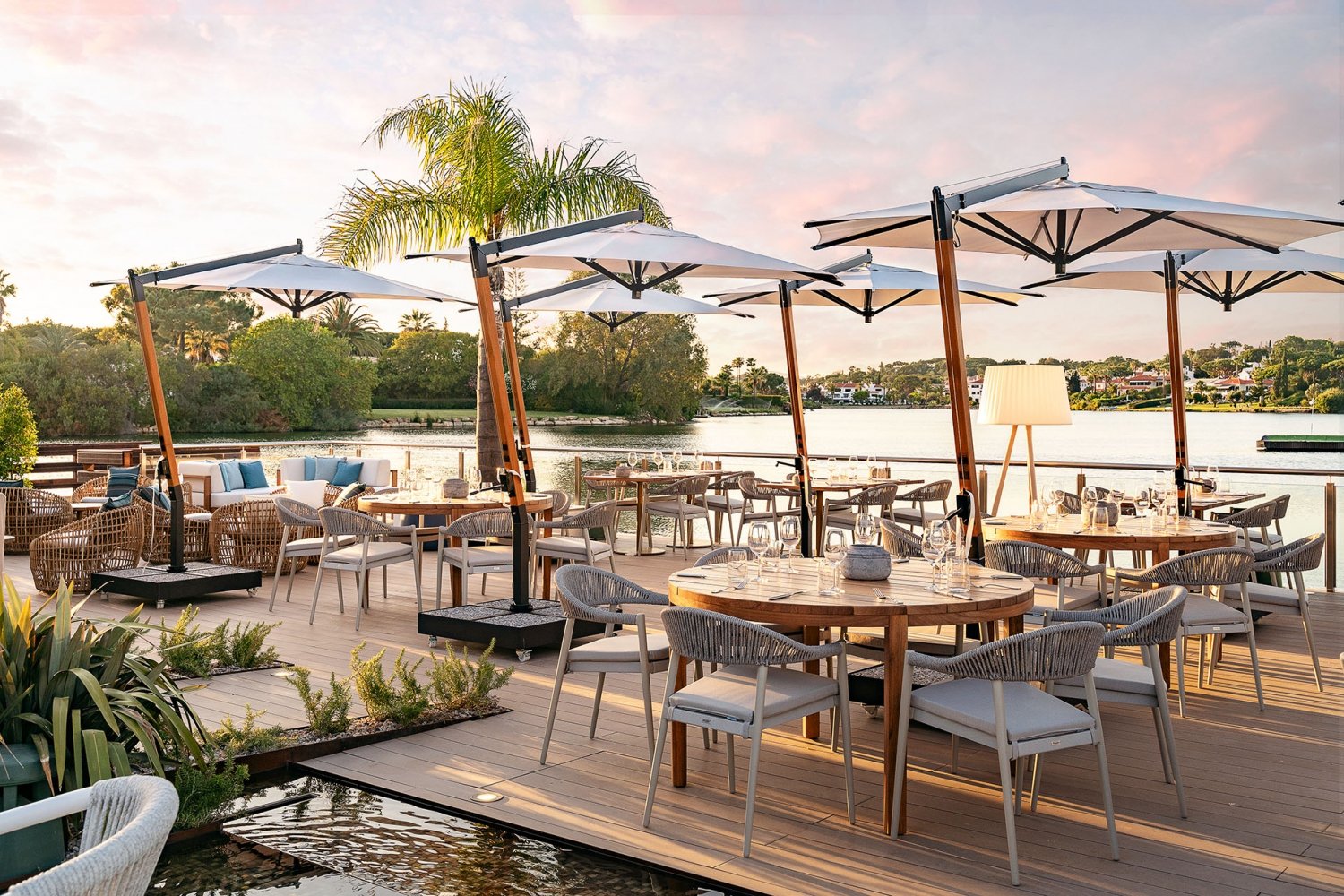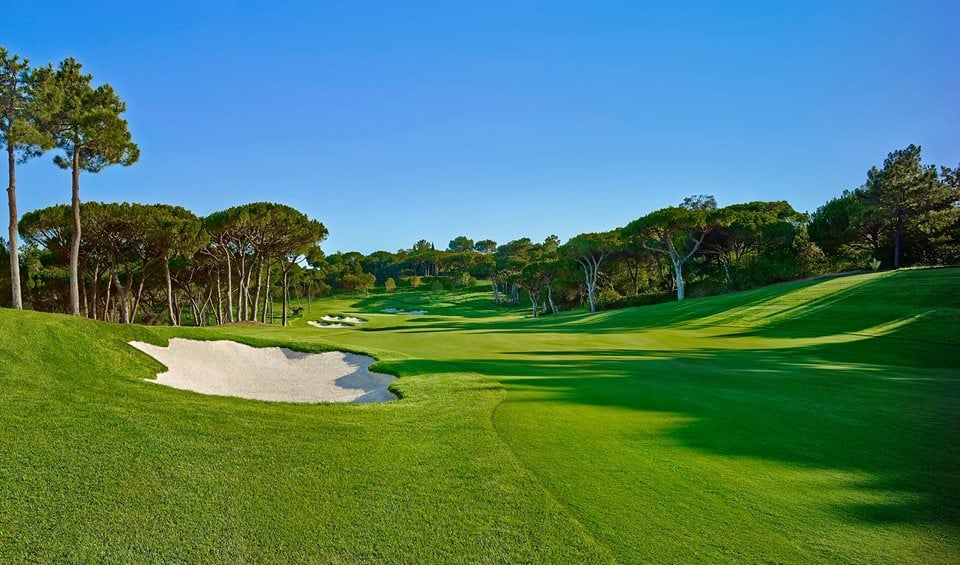Algarve's Artisanal Tiles
Arts & Culture
The densely coloured red clay in the Algarve has been used for centuries
Book Top Experiences and Tours in Algarve:
If youʻre booking your trip to Algarve last minute, we have you covered. Below are some of the top tours and experiences!
View All Experiences
There is something intrinsically comforting about the sturdy feel of terracotta, the warm texture and colour that has appealed throughout the centuries. Terracota tiles and their rich earthy colour have been a feature in the Algarve landscape at least since the Romans settled here in the 2nd century BC. And what was good enough for the Romans is still good enough for Algarve culture today.
The densely coloured red clay in the Algarve has been used for centuries in the making of terracotta tiles and kitchen tools as well as the decorative chimney pots that are typically seen against the Algarve skyline.
In the past this was a thriving industry and there would have been many local people involved in the producing of tiles and ceramics in towns such as Lagoa,
Almancil and Loulé. However over the years the process and materials used have given way to mass produced foreign imports and more modern materials. Today only a handful of dedicated companies remain in the whole region â such as
Porches Pottery where the tradition of producing quality, hand-painted decorative pottery continues.
Tiles however remain a popular way of finishing interiors as well as exteriors, and are used in other decorative ways for gardens and public places. A new approach was needed to turn a venerable tradition into a viable business. Enter Terracotta Tiles.
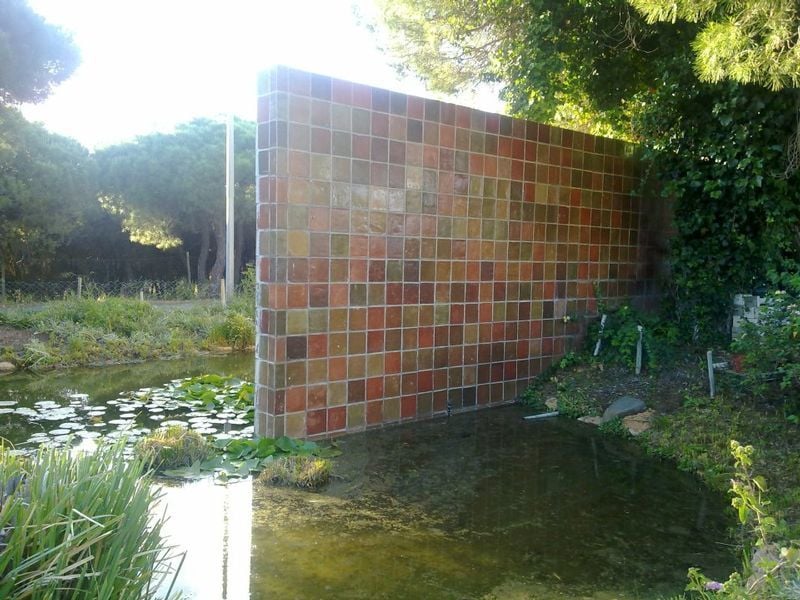
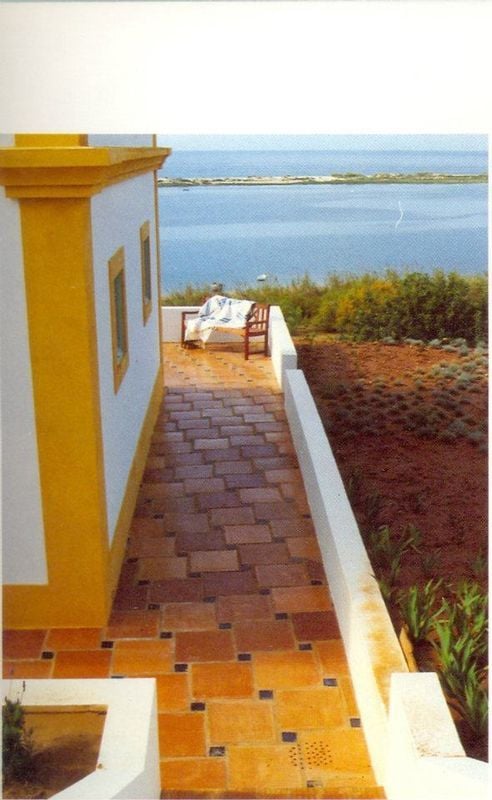
Drawing on generations of experience and with a nod to modernization and modern technology, Terracotta Tiles today produces hand-made, hand-glazed tiles more quickly and with more consistent quality than ever before. Modern gas ovens instead of wood-burning ones were key to modernizing this craft; yet in many ways little has changed in the business of making tiles, and Terracota still follows craft methods that have been passed down through the generations.
The clay comes from the countryside surrounding
Tavira and its neighbouring areas. First it is sieved to a fine powder before water is added and the mixture moulded into different shapes. This basic procedure of terracotta has barely changed since Roman times. What has changed is the baking of the tiles in gas ovens, the glazing techniques and the use of wonderful, vibrant tones of colour. Each tile is an individual work of art, as unique as a finger-print. In fact, the artisans at Terracotta Tiles can often tell by looking at a tile exactly where in the Algarve the original clay came from.
As a finished product, the tiles can be left natural, glazed or painted; many examples can be seen as features in local architecture and interiors all over the Algarve. The material is very hard wearing with excellent resistance to thermal variations which means that tiles from the warm
Algarve weather make perfect homes in chilly Northern Europe.
A fine example of local terracotta longevity can be seen at the nearby
Roman ruins of Milreu where some tiles still remain to this day.
The beauty of the product is both in the result and process being entirely ethical, locally sourced and expertly handmade in the Algarve.
